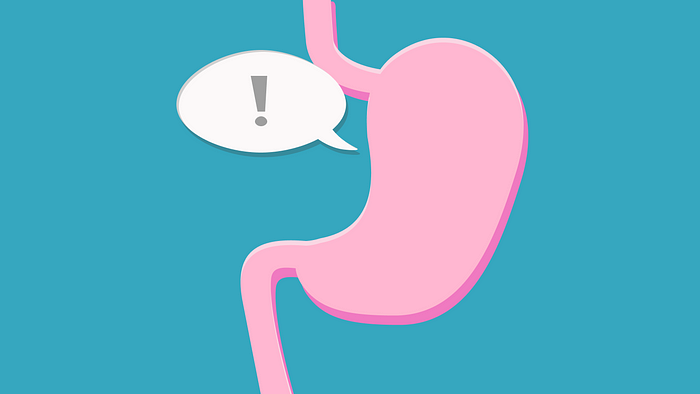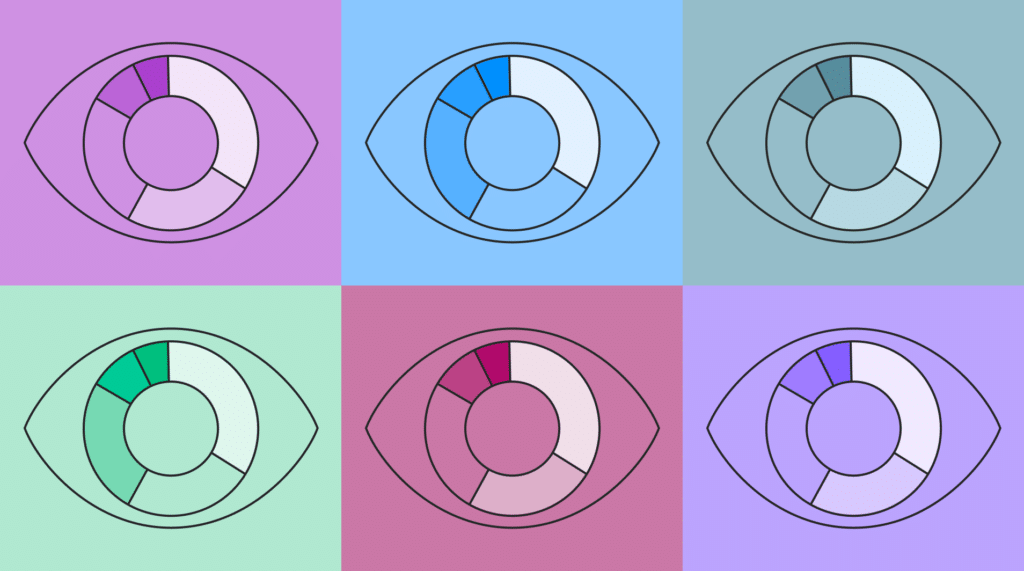
In a perfect world, UX designers would have ample time and resources to make great, research-backed design decisions. In practice, UX designers often find themselves needing to make decisions swiftly and relying on their best judgment.
Early in my career as a designer, I was plagued with impostor syndrome. I agonized over making decisions, always fearing I’d make the wrong one because I wasn’t skilled enough to do otherwise. Developers on my team relied on me daily for small design decisions, but I delayed making any decision as long as I could while I sought out data to guide me. Due to scheduling (and practicality), I didn’t have the time or the means to connect with customers for feedback on every piece of the interface. UX best practices exist to aid decision-making, but there is a level of judgment needed to apply them to very niche questions about a particular interface. That was the type of judgment that I, as a junior designer, was too unsure to make.
I was uncomfortable making any decision without data to justify it because I equated intuition with bias and bias with bad design. I intentionally ignored my gut feelings as a way to combat bias. When faced with the need to provide an answer quickly, my approach was to rationalize everything internally before making and verbalizing a decision. I believed doing this would result in “better” decisions because they weren’t snap judgments that were based solely on my opinion. And, I thought, I would look more credible by always bringing a well-thought-out answer to my team.
In practice, this was awkward for all parties, as I silently mulled over the pros and cons of my options until I could settle on the “best” possible decision. I didn’t exude competence or confidence in the eyes of my team. I looked like someone hesitant and unable to make decisions.
I quickly caught on to the perception of my silence and decided to shift my internal dialogue outward. I felt vulnerable doing so, but I hoped my team would feel more confident about my decisions if they knew how they came to be. So, when asked to make a quick design decision, I started a conversation by immediately stating what my gut was telling me. From there, I thought out loud about where that gut feeling may be coming from, what evidence I have that supports it, and any evidence that may counter that. Verbalizing my thoughts also invited my team into the conversation, encouraging more perspectives to be shared about the problem. Much more quickly and confidently, I could land on an answer with solid reasoning to support it.
Through this, I learned that my intuition wasn’t something to ignore, but a great starting point for decision-making. Surprising to myself, I noticed that my gut feeling was often onto something. Through the process of verbal exploration, we would land on an even better decision, but it always stemmed from initially stating my gut reaction.

The science behind gut feelings
Humans are innately experts at pattern recognition. So good, in fact, that our bodies can often detect and react to patterns before our minds are consciously able to recognize them.
In the Iowa Gambling Task, researchers tasked participants to play a card game, giving participants the choice of 4 separate decks throughout the game. The 4 decks varied in their ability to penalize or reward the player more. By measuring participant sweat glands as a measure of stress, researchers were able to detect stress signals as participants hovered over the “bad” decks. Participants began avoiding the bad decks well before they consciously detected that those decks were weighed unfavorably.
This suggests that the body can understand and react to complexity much faster than the conscious mind. It works to alert and protect us before our mind has the time to process and catch up.
Perceiving our internal signals
Our bodies are wired to send us signals, but people vary in their abilities to recognize their own bodily cues, also known as their level of “interoceptive awareness”. Interoception refers to the ability to consciously or unconsciously sense the internal state of the body. This includes signs like changes in their cardiovascular system (e.g. heart rate), the muscular system (e.g. muscles tightening), and more. Interoception is a powerful force that guides intuition; those with higher interoceptive awareness can more easily tune into the body physically reacting (positively or negatively) to the presence of a pattern.
Interoception in decision-making
Counter to what I believed early in my career, gut feelings aren’t something to ignore, but rather, a data point to recognize and attempt to interpret. In many ways, the subconscious mind and the body can be more rational than the conscious mind, because it’s less subject to certain cognitive biases skewing one’s perception of something.
So, when faced with making a design decision, my advice is to tune in to how your body feels and listen to that gut instinct. Even more, vocalize it and invite others to think through it with you. Giving others insight into your design instincts and letting them observe your process of thinking through a problem establishes your credibility as a thoughtful designer. Inviting other perspectives can yield supporting or contradicting evidence for your instincts that can help lead you to better design decisions.
Although our gut feelings can be incorrect, intuition is powerful and exists to help us. It can’t (and shouldn’t) replace research, data, and design best practices, but it can be a great starting point and tool to lean on, especially for small, lower risk problems and in times when data isn’t easily accessible to us.
This blog is reposted from Bri Koch’s personal blog, which you can check out here!
The contents of this post as well as the opinions expressed herein do not contain business advice. The business information provided is for general informational and educational purposes only and is not a substitute for professional advice. Accordingly, before taking any actions based upon such information, we encourage you to consult with the appropriate professionals. THE USE OR RELIANCE OF ANY INFORMATION CONTAINED IN THIS POST IS SOLELY AT YOUR OWN RISK.




